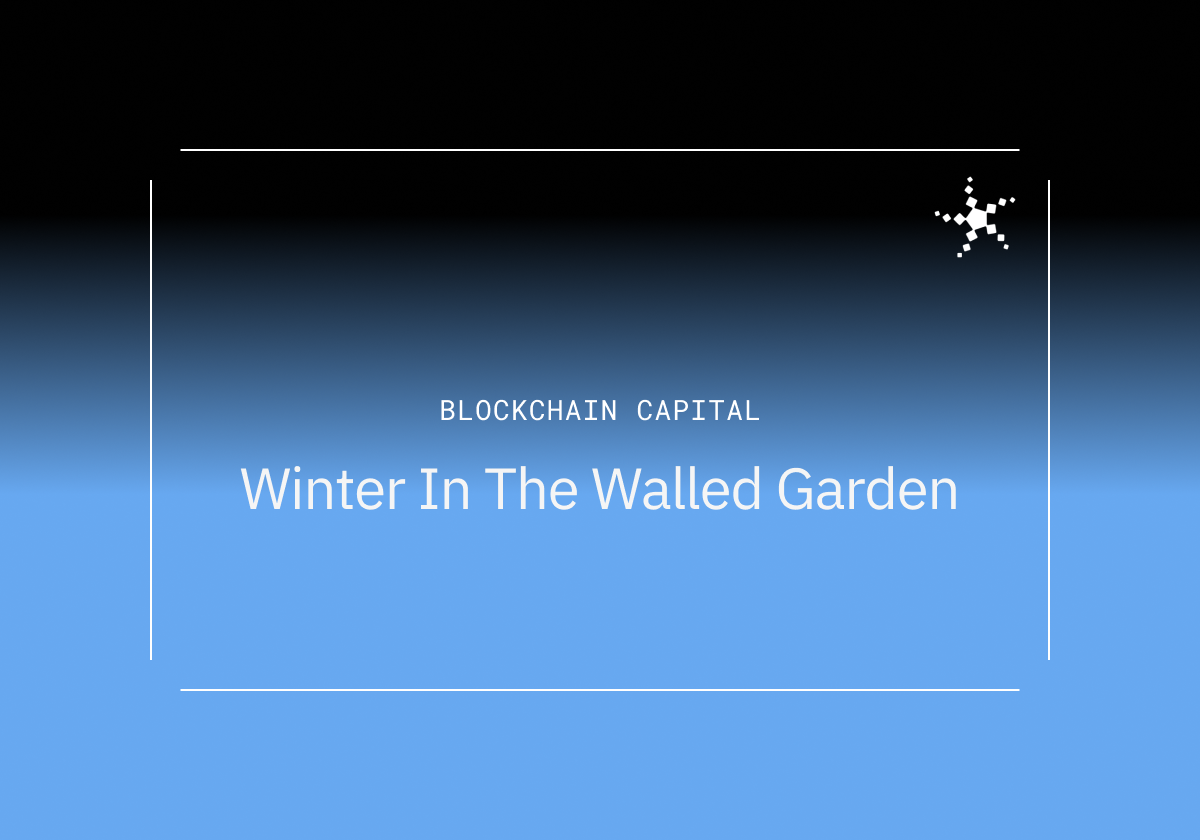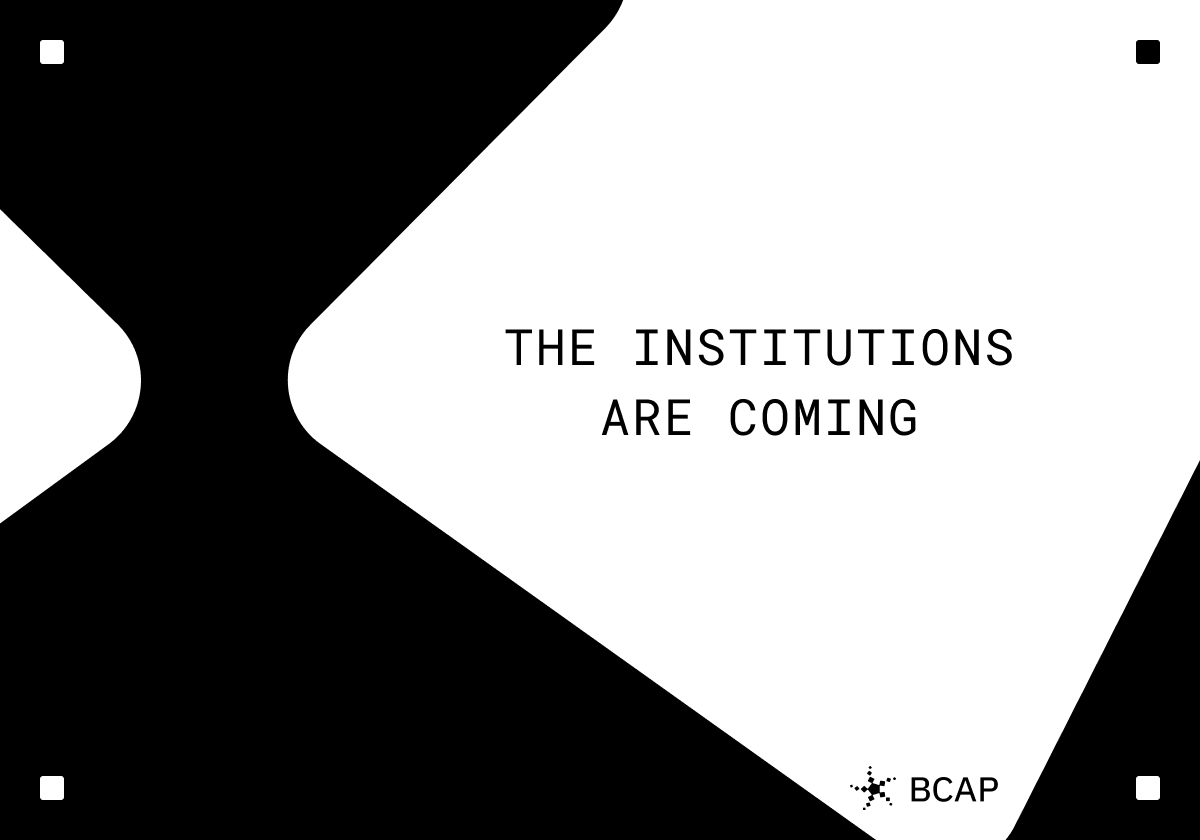
The Lackluster Pace of Innovation in FinTech
We should be disappointed by the lackluster pace of innovation in finance over the past 15 years.
We live in an era where we’re strapping satellites to rockets to blanket the planet in cheap, reliable internet. An age where ChatGPT can pull nearly any answer from the depths of human knowledge. A world where we walk around with a supercomputer in our pocket.
Yet, when we look at the world of finance and fintech, what do we see? An industry still trying to figure out how to break free from the 20th century. The world of finance remains stubbornly anchored to legacy systems, outdated infrastructure, and an environment that is averse to innovation. It’s disappointing.
Let’s be clear - I’m not talking about a shiny new app that helps you split the dinner bill. I’m talking about deep foundational changes that can revolutionize how our economy functions, redefine value transfer and create new opportunities.
What advancements have we seen in the past 15 years? A slightly better looking (but still antiquated) online banking UI? Easier stock trades? Yes, I can send money to a friend a bit quicker, but should that really be the pinnacle of our ambitions?

And what’s the real loss here? Every day that we don’t address the innovation problem, we’re leaving massive economic surplus on the table. Finance is the invisible fabric that weaves our economy together – improvements here have vast positive impact across the entire globe.
I’m talking about the staggering potential to unlock new markets, foster genuine financial inclusion and generate wealth in places and for people who have historically been left behind. This is an opportunity to level-up the global economy, not just tweak it.
And look, I get it, finance is sensitive. It’s people’s livelihoods and futures—but with the right forward-thinking approach, we can and should expect (much) more.
Let’s review the biggest innovations in fintech over the past 15 years. Conveniently, we can break the entire 15-year track record down to just 5 categories (yes, that’s all of it):
- Fractionalized shares - So that I can buy half a share of TSLA instead of a full share. This is Robinhood
- APIs - The realization that maybe instead of a bunch of “dumb” siloes, my fintech application should have some connectivity to my bank account. This is Plaid
- Overcollateralized lending to startups - Brex stands out here. The major financial innovation that spawned a deca-corn is the realization that they could provide credit cards to companies that have a lot of cash on their balance sheet (It turns out that you can indeed safely provide $1M of credit to a startup with a $20M Series A in the bank)
- Buy now, pay later - So that I can pay for a pizza in 4 installments. Wonderful. This includes companies like Affirm and Klarna. It's a neat idea, but one has to wonder if this really pushes the envelope of financial innovation
- Various new-ish forms of payments
◦ Digital Payments - Stripe
◦ Mobile Payments - No real startup winners (dominated by Apple and Alphabet)
◦ Cross border payments and remittances - Transferwise, Remitly, Revolut
And that’s it. That’s effectively all of the financial innovation over the past 15 years. If it feels underwhelming, well… it should. Yet, accounting only for the startups mentioned, their collective market value exceeds $200B.

To be clear, this is not a critique of those companies or their founders - it’s great that they solved these problems and I have nothing but respect and admiration for them.
It is, however, an indictment on the legacy financial system. The fact that these companies are so valuable is a symptom of how broken the legacy financial system is – both in terms of its technical architecture and the environment for innovation.
What’s even more striking is that almost all of these ‘innovations’ are capabilities that crypto offers right out of the box. These capabilities are so fundamental to crypto, that they aren’t even considered ‘innovations’. Let’s review:
- Fractionalized shares - In crypto, this concept is trivial- just move the decimal point. The function is the same whether you want to buy 1/1000th of a token or 100 tokens. Simple, just move the decimal point
- APIs - This is a basic premise of crypto. Anybody can tap into any existing protocol or application - it’s open access from the outset. Plaid basically exists to connect your traditional bank account to your favorite fintech application - that’s it! In contrast, Ethereum provides a native environment for applications to interoperate – it inherently facilitates direct communication between applications without the need for third-party connectors like Plaid
- Overcollateralized lending to startups - Major DeFi lending platforms, like Aave and Compound, have been implementing over collateralized lending since their inception. This approach was recognized and utilized right at the start of DeFi. In contrast, the opportunity that Brex has been able to capture existed for decades before Brex’s founders identified the opportunity and executed against it (and good for them)
- Buy Now, Pay Later - This is the one item on the list that is not currently possible in a crypto context. So, for now, my installment-based pizza payment plan will have to wait
- Payments - All of the new-ish payments innovations in fintech are particularly bizarre to think about from a crypto context. Digital payments? Yes, it’s all digital payments. Always has been. Mobile payments? Crypto is platform agnostic, so of course. Cross-border payments? Crypto is global and flows through cyberspace so it’s just as easy to send a crypto payment to the person sitting next to me as it is to send it to someone on the other side of the world
Even in a relatively nascent stage, crypto is a remarkable demonstration of the immediate benefits of utilizing a modern financial architecture.
Let’s examine the fundamental differences: finance is digital last, fintech is digital first, and crypto is digital native.
Fintech is simply placing a sleek modern, digital wrapper around traditional banking structures. It's akin to using the internet to send a message to someone who then performs an old task manually in the background. It's convenient, but it’s fundamentally constrained by the outdated infrastructure at its core. In essence, fintech offers cosmetic remedies without addressing structural inefficiencies.

On the flip side, crypto is digitally native. It’s not just a digital overlay on old processes; it’s entirely new digital infrastructure. It's not just about the internet communicating with the old world; it's about the internet having its own embedded financial primitives.
So, whereas fintech uses the internet as a bridge to access traditional services, DeFi embeds those services directly into the web’s fabric. And this extends far beyond financial applications.
All in all, the pace of innovation in fintech over the past 15 years is objectively underwhelming. We can and should aspire to more. It’s time to shift our focus from incremental improvements to foundational changes that can actually have a radically positive impact.
In a follow-up post, we’ll explore ‘why crypto wins’ and double-click on crypto’s structural advantage in innovation.
Until next time.
Cheers.
Disclosures: Blockchain Capital is an investor in several of the protocols mentioned above. The views expressed in each blog post may be the personal views of each author and do not necessarily reflect the views of Blockchain Capital and its affiliates. Neither Blockchain Capital nor the author guarantees the accuracy, adequacy or completeness of information provided in each blog post. No representation or warranty, express or implied, is made or given by or on behalf of Blockchain Capital, the author or any other person as to the accuracy and completeness or fairness of the information contained in any blog post and no responsibility or liability is accepted for any such information. Nothing contained in each blog post constitutes investment, regulatory, legal, compliance or tax or other advice nor is it to be relied on in making an investment decision. Blog posts should not be viewed as current or past recommendations or solicitations of an offer to buy or sell any securities or to adopt any investment strategy. The blog posts may contain projections or other forward-looking statements, which are based on beliefs, assumptions and expectations that may change as a result of many possible events or factors. If a change occurs, actual results may vary materially from those expressed in the forward-looking statements. All forward-looking statements speak only as of the date such statements are made, and neither Blockchain Capital nor each author assumes any duty to update such statements except as required by law. To the extent that any documents, presentations or other materials produced, published or otherwise distributed by Blockchain Capital are referenced in any blog post, such materials should be read with careful attention to any disclaimers provided therein.
No Results Found.








.jpg)



.png)
.png)
